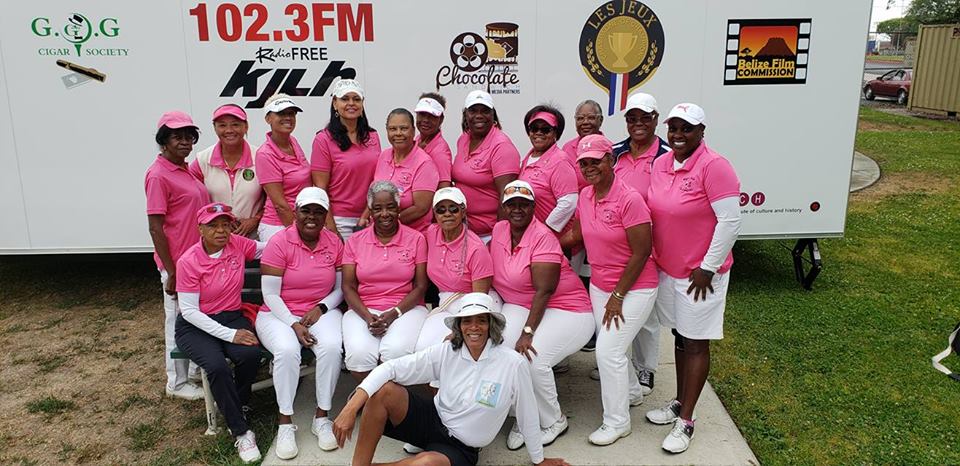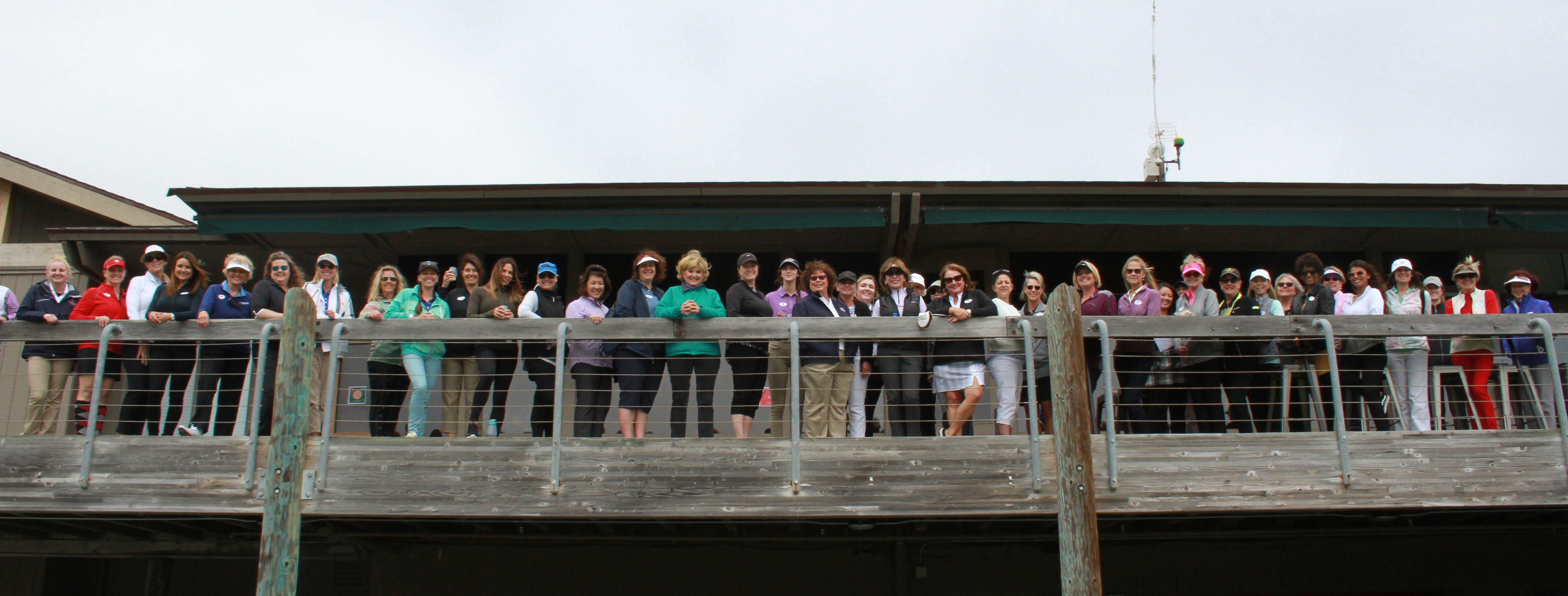By: Larry Bohannan, The Desert Sun
The way David Curtis sees it, members of the PGA of America have one big job: getting more people to play golf.
“That’s what our job is as a PGA pro, to grow the game,” said Curtis, a teaching pro at Westin Mission Hills Resort and the head coach of the Rancho Mirage High School girls’ golf team. “That’s our No. 1 job. If we can put clubs in girls’ hands, we’ll have jobs in the future.”
The desire to have more junior golfers with golf clubs in their hands was one reason Curtis contacted the Southern California PGA to inquire about the SCPGA Foundation’s Clubs for Youth program. That program puts new sets of clubs in the hands of high school golfers, and the result of Curtis’ inquiry to the program was six new sets of clubs for girls at Rancho Mirage, one set for a girl at Desert Hot Springs High School and six sets of clubs for boys at Desert Hot Springs.
“Any help that we can get for him and his girls, helping to sustain the game, having your own set of clubs is obviously important,” said Matt Gilson, foundation manager for the SCPGA Foundation.
The basis of the program is the foundation gives the clubs to the player, not the school. So the player has his or her own clubs during the off-season to use during play or practice, and then the player graduates, they keep the clubs. The new clubs come with a golf bag and are what is considered in golf a starter’s set. That means rather than a full set of 14 clubs, the set comes with 10 clubs, including a driver, a putter and various irons, woods or hybrids.
The clubs are provided by Wilson Staff, with the program underwritten by supporters like Friends of Golf, DevTo Support Foundation, American Junior Golf Association, Wilshire Country Club, The Donald and Carole Chaiken Foundation, Wadsworth Golf Charities Foundation and the LA84 Foundation.
“Really, when we started in April, we knew the focus was on the girls side of things. The equipment on their side was really poor, and there wasn’t much motivation after the end of the season. For a lot of players, and this is especially true for girls, they are borrowing clubs from their dads or brothers,” Gilson said. “A lot of the clubs don’t fit them, and eventually the girls just have no interest in the game after the season is over.”
Foundation statistics state that 44 percent of high school girls’ golfers either share or borrow equipment to play with in matches.
Curtis knows first-hand the difficulty for some players in getting clubs. Rancho Mirage may have the image of a well-off community with high-end private country clubs, but Curtis points out many of the school’s students come from Cathedral City, Palm Springs and Desert Hot Springs. Curtis was searching barrels of old clubs at places like The First Tee of the Coachella Valley in Palm Desert, Goodwill and thrift stores and buying clubs at $3 each to give to his players.
“Last year I saw this Clubs Fore Youth program,” he said. “Since I’m part of the PGA, the SCPGA, I’m an apprentice, I e-mailed Matt and said, ‘Hey, how, can I get some clubs for my girls?’.”
The donation to Rancho Mirage, three to players who are graduating this year and three to players who will return to the program next fall, were among the first sets donated in 2018. Gilson said the foundation donated 188 sets to players at 29 Southern California schools in 2017, but he hopes to donate at least 100 sets in the first two months of 2018. In January alone, the foundation gave clubs not only to the two desert high schools but also to schools from Palmdale to San Diego.
While Curtis was happy to have clubs for his players, he also recognized that Desert Hot Springs was a school that could benefit from the program. Curtis contacted first-year Desert Hot Springs boys coach Robert Jensen.
“David shot me an e-mail in October, letting me know of the program,” Jensen said. “The SCPGA people came out and gave a wonderful speech, talked about the donors, the sponsors they work with and gave the clubs to the kids.”
Having their own clubs might help keep kids at Desert Hot Springs excited beyond the school golf season, said Jensen, a physical education teacher at the school.
“It’s a beautiful program. You know how things are in Desert Hot Springs. It’s very hard to keep kids in sports, especially if they are not as successful as other schools,” Jensen said. “But now we have six boys who are continuously playing because they have their own clubs, although they are well behind the learning curve in learning golf compared to kids at other schools around here.”
Find the article full article here.



